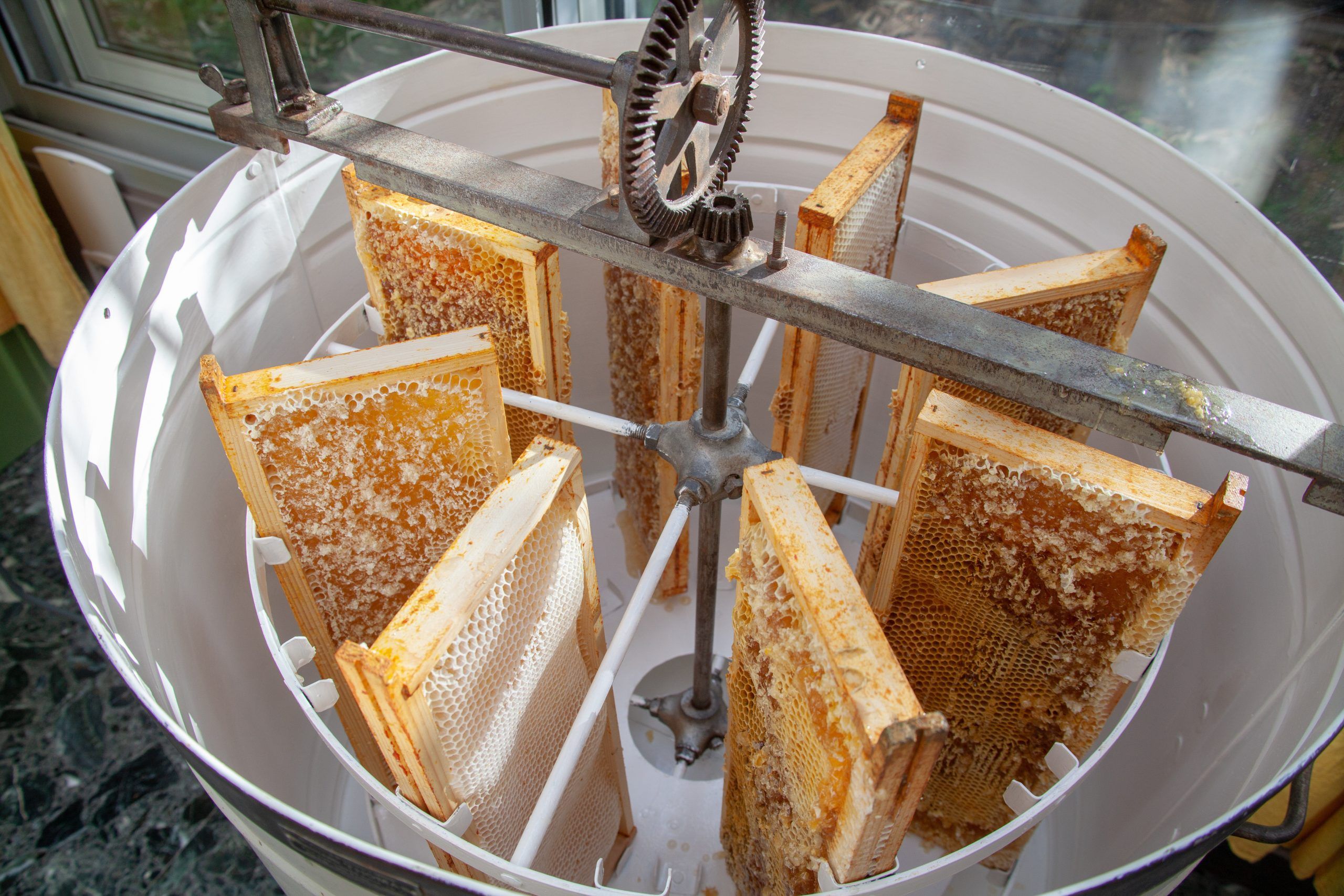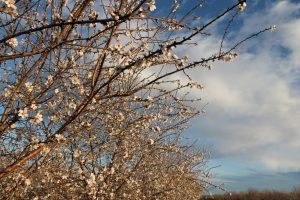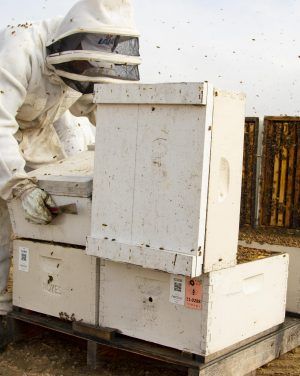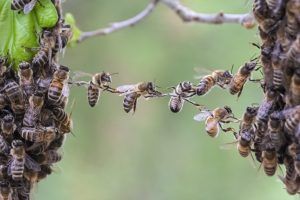The Latest Buzz: September, 2023
You can now find information from the USDA’s ‘Latest Buzz’ on the Bee Health Collective website! New jobs and funding opportunities are posted on the bulletin board and pollinator events and news can be found below! To submit items for The Latest Buzz contact pollinator@usda.gov. To receive an email when The Latest Buzz is updated use the sign up button below. Please note that your information will not be shared or used for any other purpose other than receiving The Latest Buzz.
News:
- New Beescape tool from Penn State, now available here
- Grant Increases Habitat for Pollinators Across Michigan
- https://www.1011now.com/2023/08/11/unl-professor-helps-develop-drug-combat-honeybee-parasite/
- Report Reflects Continued Stress on U.S. Honeybee Colonies
- Monson’s Honey and Pollination Partners with BeeHero to Empower Australian Beekeepers and Growers with Sustainable, Data-Driven Pollination Practices
- Federal Register notice
Events:
- Orchard Bee conference: https://tinyurl.com/OrchardBee-2023
- Honey Bee Veterinary Consortium Meeting
- Great Lakes Pollinator Habitat workshop.
- 19th COLOSS Conference 2023, Slovenia
Information presented should not be construed to represent any official USDA or U.S Government determination or policy. Reference herein to any specific commercial products, process, or service by trade name, trademark, manufacturer, or otherwise, does not necessarily constitute or imply its endorsement, recommendation, or favoring by the United States Government. The views and opinions of authors expressed herein do not necessarily state or reflect those of the United States Government, and shall not be used for advertising or product endorsement purposes.




